Author: zooplantman
-
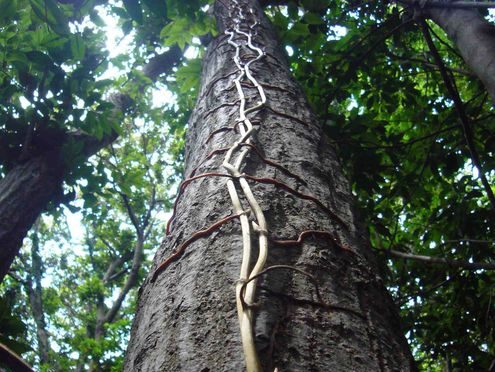
The Giant Orchid That Has No Leaves And Subsists On Fungi May Eat Itself Out Of Existence
The flower has a bizarre biology and is only found in Kagoshima and Okinawa prefectures. It thrives on nutrients from various fungi that grow on trees, which in turn rot the host plant. This “diet” means the orchid can survive for only limited periods until the fungi finish decomposing the trees, (Click on title for…
-
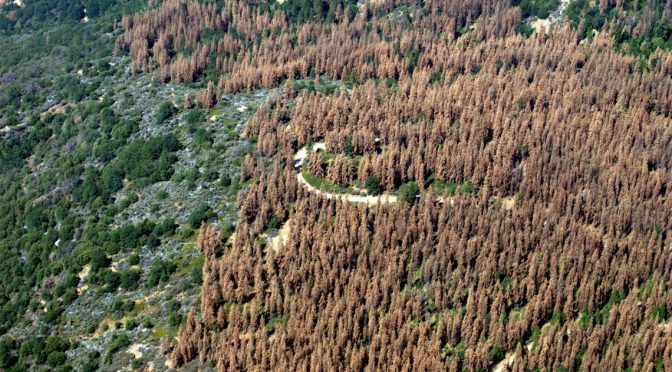
Silvan El Nino: Massive Forest Loss In One Region Has Continent-Wide Repercussions
Forest loss is disrupting or changing the flow patterns in the atmosphere that is leading to a slightly different summertime climate in the eastern part of the country, It’s very analogous to El Niño or ‘the blob,’ something that’s occurring that causes the atmosphere to move around, which causes these warmer or cooler conditions, or…
-
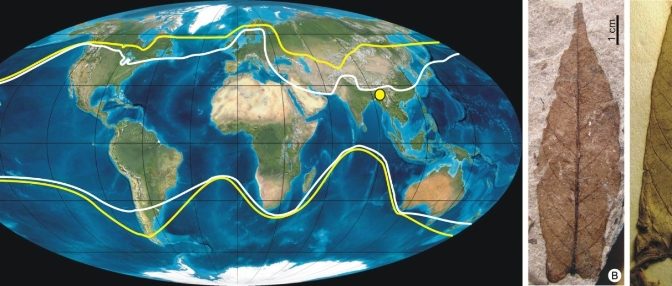
Sweet Potato Family Is Older Than Previously Thought And Did Not Originate In The New World
Sweet potatoes may seem as American as Thanksgiving, but scientists have long debated whether their plant family originated in the Old or New World. New research by an Indiana University paleobotanist suggests it originated in Asia, and much earlier than previously known. (Clcik on title for full story.)
-
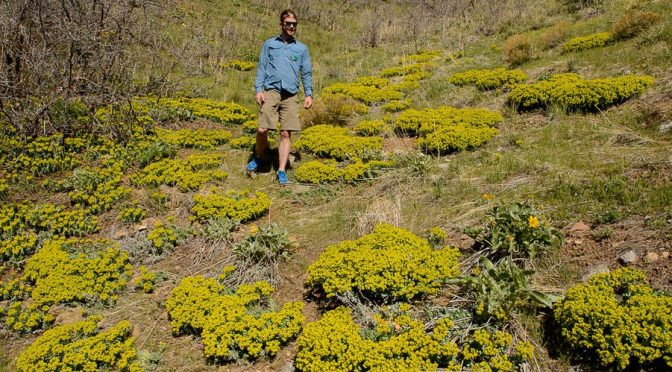
It Seemed Like A Good Idea At The Time: ‘Water wise’ Shrubs Turn Into Invasive Nightmare
Many botanists now consider Utah’s spurge infestation a crisis, but they have few resources to combat its advance. Traits that make myrtle spurge resilient — coupled with a total absence of organisms that prey on it — have turned the plant into an invasive disaster, (Click on title for full story.)
-
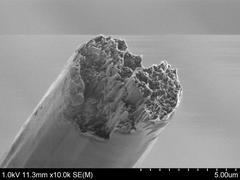
Lab’s Plant-Based Fibers Prove A Strong As Steel
“If you are looking for a bio-based material, there is nothing quite like it. And it is also stronger than steel and any other metal or alloy as well as glass fibres and most other synthetic materials.” The artificial cellulose fibres can be woven into a fabric to create materials for various applications. The researchers…
-
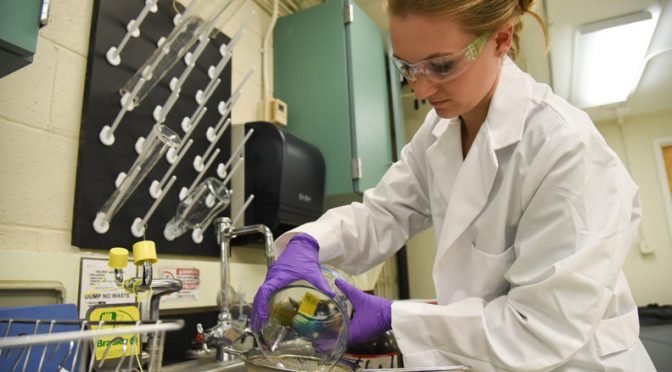
Are Fungi The “Secret Sauce” That Enables Native Plant Restorations To Succeed?
Some native plant species are more dependent on mycorrhizal fungi than invasive plant species. So, when that fungi is disturbed, native plants may not be able to compete as well with invasive species, disrupting the natural ecosystem of the environment and inhibiting many natural processes (Click on title for full story).
-
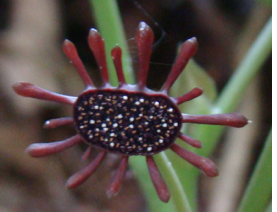
This Unusual Flower May Explain How Figs Came To Be
Our hypothesis that Dorstenia may be reminiscent of an intermediate form in the evolution of this fascinating fig-fig wasp symbiosis is corroborated by a fascinating recent observation, by scientists, of flies laying eggs in the Dorstenia flowers. This exciting observation adds weight to the hypothesis that egg-laying by insects is a common trait that predated…
-
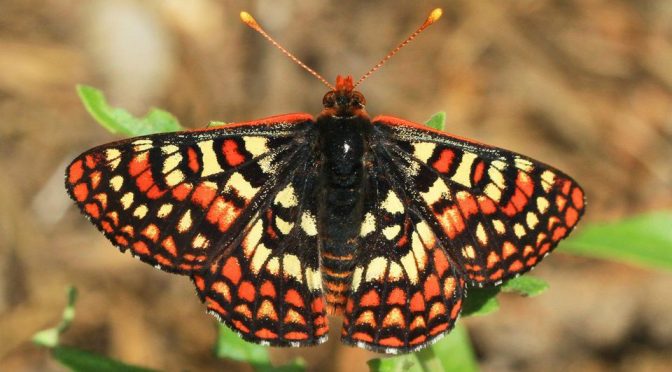
The Dangerously Intimate Relationship Of Butterflies And Their Habitat
Such changing land uses can affect species that are not directly targeted by humans. Although this is the first time that an evolutionary trap like this has been reported, more traps like it could already be set around the world, just waiting to go off. Edith’s checkerspot clearly illustrates the potentially lethal evolutionary traps that…
-

As Climate Warms, Freshwater Lakes’ Vegetation Will Change Releasing More Climate-Warming Gases
Studies suggest wetland plants will gain an advantage as the climate warms, thus accelerating methane emissions in freshwater ecosystems. Freshwater ecosystems currently account for approximately 16 percent of the Earth’s methane. Authors of the latest study expect that number to grow as the planet gets hotter. (Click on title for full story.)
-
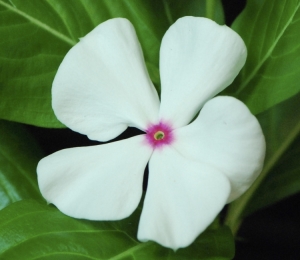
At Long Last, Vital Plant Based Cancer Cure May Be Synthesized To Be More Easily Available
Plant scientists have taken the crucial last steps in a 60-year quest to unravel the complex chemistry of Madagascar periwinkle in a breakthrough that opens up the potential for rapid synthesis of cancer-fighting chemicals. (Click on title for full story.)
